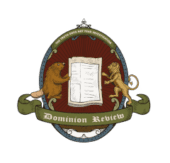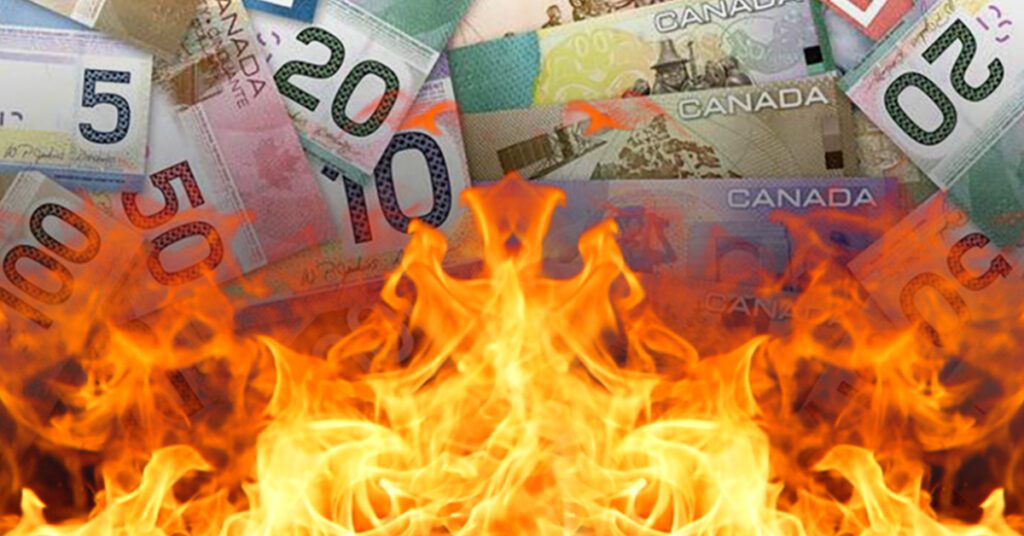In 2018, the Canadian Food Inspection Agency (CFIA) tested 240 samples of honey across the country. While 100% of Canadian honey samples were pure, nearly 22% of imported honey was cut with corn syrup, sugar cane, rice syrup, or beet sugar.
Under Canadian law, honey is a standardized product, which cannot contain added sugars. Following this sampling campaign, the CFIA seized 12,762 kilograms of adulterated honey. This, however, is a small drop in a continuous flow of fake honey imports.
Cutting honey with cheap sugar and marketing it as authentic is known as “honey laundering”. China carries out this practice on a global scale. In the eastern province of Zhejiang, China’s beekeeping hub, industrial plants churn out rice and corn syrup destined to be cut into honey.
Because of this extensive system of food fraud, direct honey imports from China to North America were effectively cut off in the mid-2000s. This crackdown has been ingenuously evaded.
China’s clever scheme became apparent when Canada began receiving unusual volumes of honey from some rather surprising sources. In four of the five years from 2009, Vietnam sent us 20 kg of honey. In 2013, this rose to 19,209 kg. In the four years before 2015, Ukraine exported 5 kg of honey to Canada. In 2015, this soared to 445,421 kg. Those Ukrainian bees must have really got to work!
This is a practice called “transshipment”, where a product is sent to an intermediary country, and then labelled as a product of that country, before being sent to its final destination.
Testing traces of pollen in honey can reveal the true geographical origin of transshipped honey. To obstruct this process, Chinese companies have perfected something called “ultra-filtration”. Standard filtration gently removes debris like wax. During ultra-filtration, however, honey is heated, sometimes watered down, and then forced at high pressure through extremely small filters to remove the pollen.
Imported Chinese honey poses serious health concerns. In taking out pollen, ultra-filtration is removing important nutritional value. Additionally, traces of antibiotics illegal in Western countries, such as chloramphenicol, have been discovered in honey imported from China. It was reported in Food Safety News that small-scale Chinese beekeeping operations use unlined lead-soldered drums to store their honey – a clear lead contamination risk.
Legitimate Canadian beekeepers are being undercut by the far cheaper, impure, imported honey flooding the market. As Ontario beekeeper Chris Hiemstra put it: “Someone can sell sugar for 20 cents a pound and say it’s honey against someone that needs $2 a pound to make a living”.
I would advise consumers to stay clear of the big honey brands, and only buy from smaller, trusted, local businesses. However, Canadians should be able to buy honey at their local grocery store without worrying about endangering their family’s health, or hurting Canadian beekeepers. We need to demand that our MPs push for stringent testing of honey, and a total ban on honey imports from countries used in the Chinese transshipment scheme.
Editor’s note: My bi-monthly Counter Current column is originally published in the Islands Marketplace paper (islandsmarketplace.com/issue.pdf).
If you are concerned about Chinese honey in Canadian stores, contact your MP!
All content on this website is copyrighted, and cannot be republished or reproduced without permission.
Share this article!




The truth does not fear investigation.
You can help support Dominion Review!
Dominion Review is entirely funded by readers. I am proud to publish hard-hitting columns and in-depth journalism with no paywall, no government grants, and no deference to political correctness and prevailing orthodoxies. If you appreciate this publication and want to help it grow and provide novel and dissenting perspectives to more Canadians, consider subscribing on Patreon for $5/month.
- Riley Donovan, editor